
Kalëon is the revised release of Sylla’s original novel Uroborus’ Mercy, reconstructed with omitted chapters and apparently extended into a now-series. The book has obvious links to Tolkien high-fantasy, both in its long, winding writing-style and a mythology with clear links to Germanic and Norse myth, among other fantasy genre staples. That isn’t to say the book isn’t original, however, as it takes this multitude of concepts and forms a unique whole in the world of Earth (Southern here, not Middle.) The strange magics and sciences of the world are immensely fascinating, with pooling mists of Angel Blood, intensely powerful arcane Words of power, and luminescent films and blinding lights born of runes and alien glyphs; as fascinating as they are a great deal of the logic behind them is left either ill-explained or explained in terms that take a few second glances to work out. The book tries to drip-feed its world and story, but there’s such a great deal of content that it takes time to process and re-process. In this sense, fans of Tolkien will feel at home, but with a theistic curve, and a general focus on the powerful, and the human and political side of fantasy.
The writing is quite entertaining and descriptive, with distinctive characters and a plot deserving of the “epic” tag-line. The world is full to bursting with plots and schemes, and it is all effectively and evocatively written about, in an extremely well-built world with seemingly every detail mapped out with historical detail. The book has a thoughtful, if slightly sparse glossary complete with pronunciations to help readers with the often tricky language and naming conventions of the book – English speakers with no familiarity with the umlaut beware – but it remains a small obstacle in accessing the unique flavor of the setting.
Kalëon is an intensive read, but for most fantasy readers that should come as a positive. Clocking in at 572 pages, complete with maps and other helpful, wonderful illustrations by artist Zoë Hankins, there is a treasure trove of content to dig into in the book. While the first few chapters remain rather rich, if the concept interests you, it’s definitely worth giving it a chance to explain itself and set its story out. Full of twists and turns, Kalëon is a gorgeous and fulfilling read for those ready to immerse themselves in it.
Links
Amazon
Balboa Press
Author Website
Goodreads
Review Overview
Content
Design
Editing
Get an Editorial Review | Get Amazon Sales & Reviews | Get Edited | Get Beta Readers | Enter the SPR Book Awards | Other Marketing Services





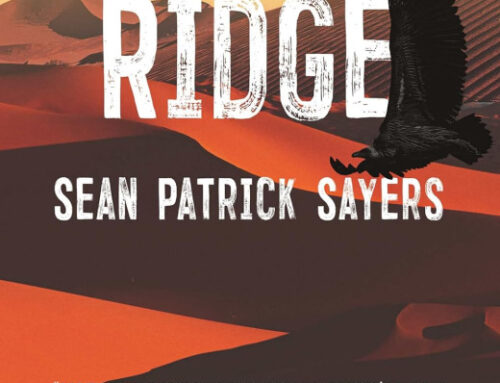
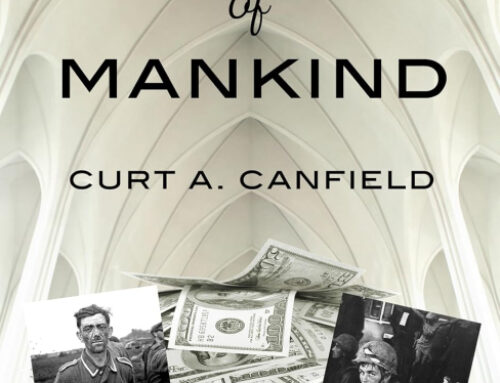
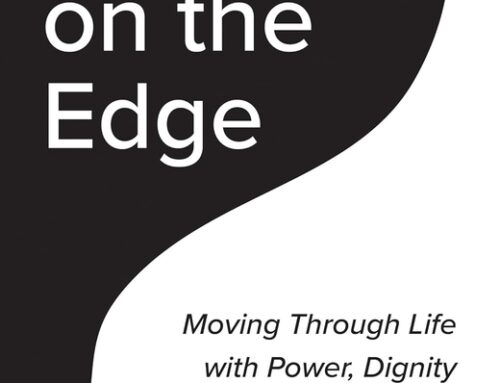
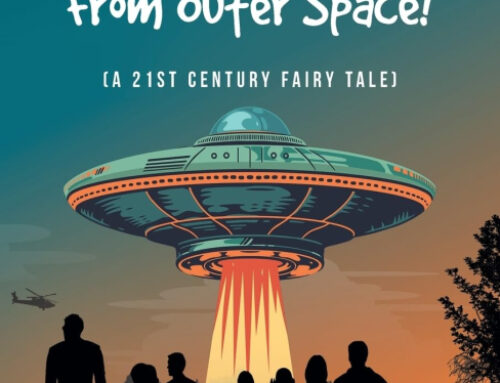


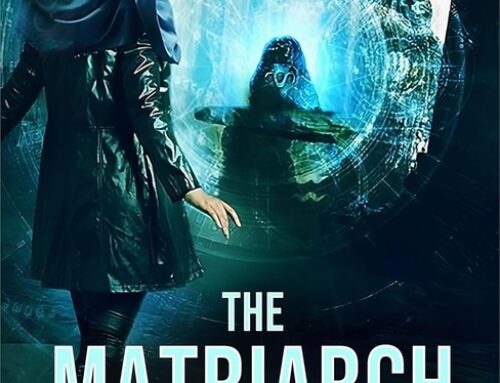


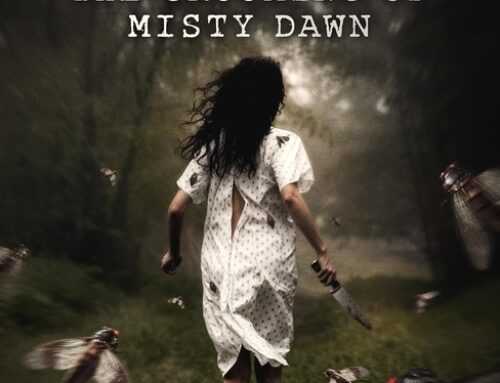


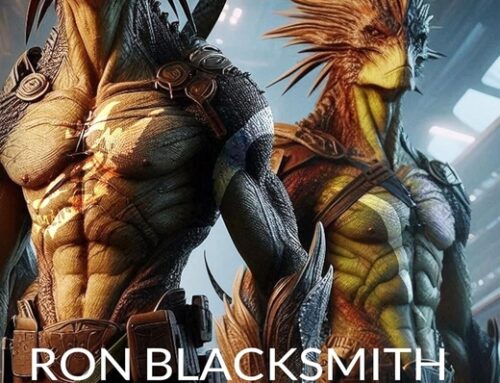


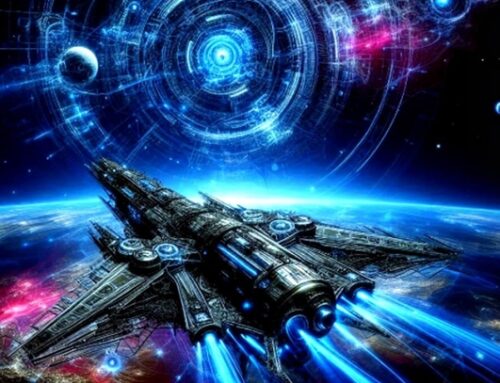
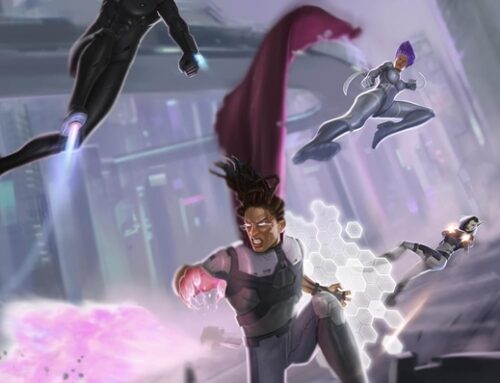

Leave A Comment